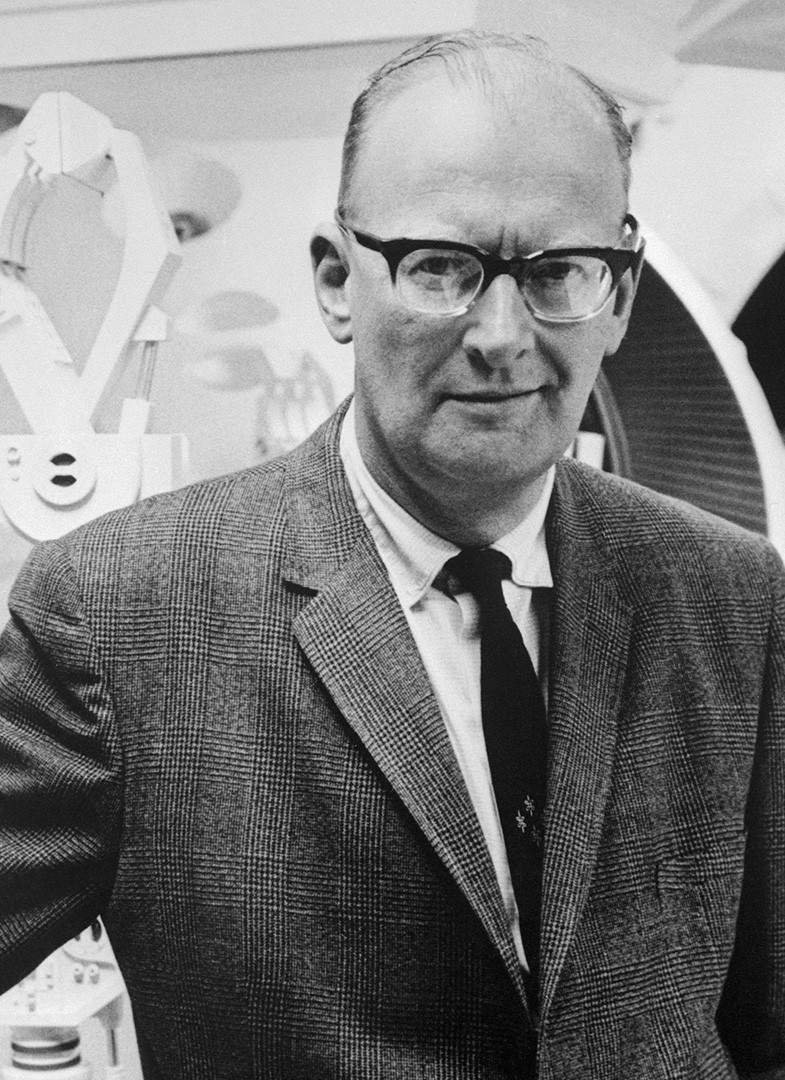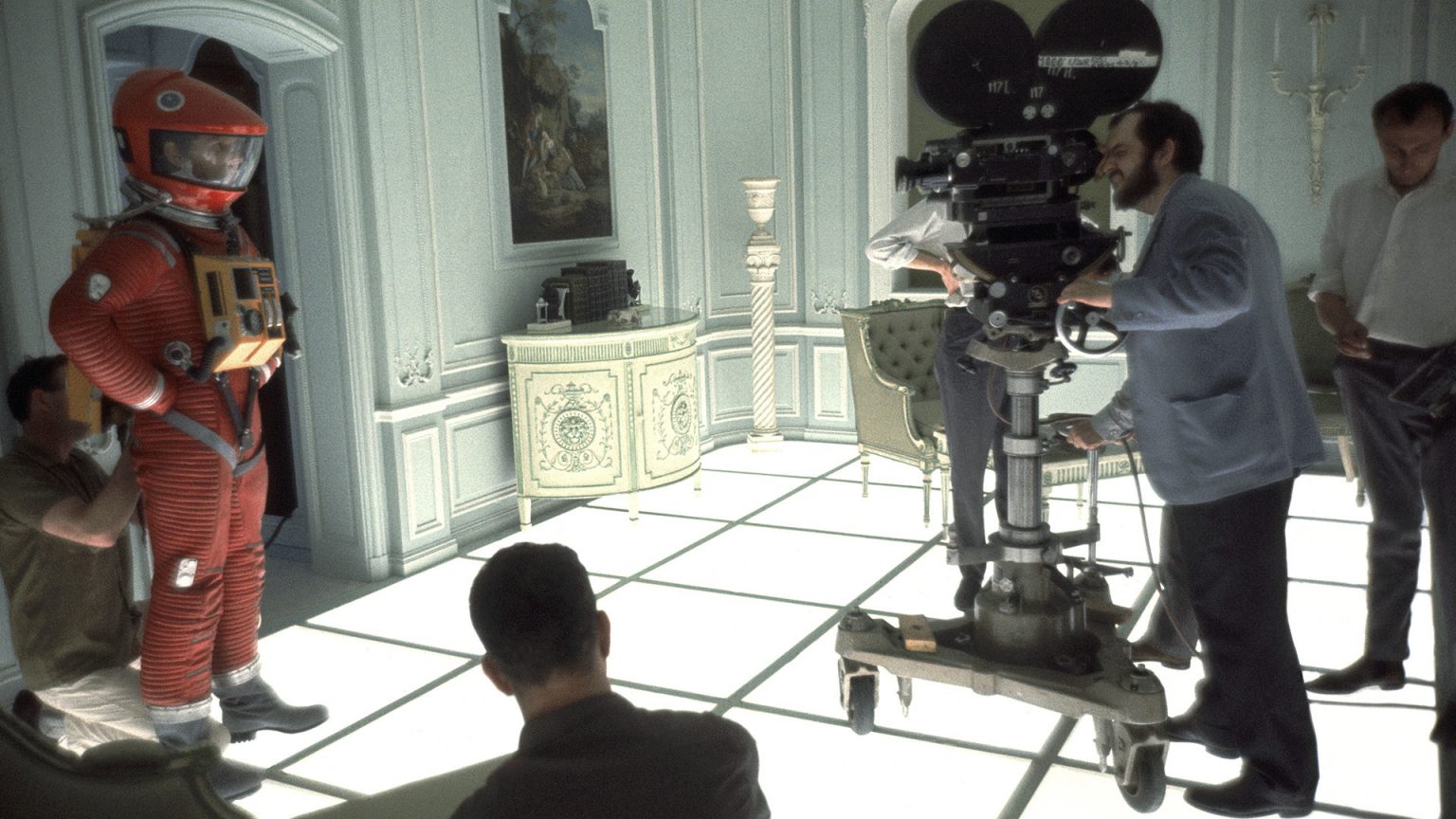Towards the end of his new book, Space Odyssey: Stanley Kubrick, Arthur C. Clarke, and the Making of a Masterpiece, author Michael Benson describes a scene at Arthur C. Clarke’s estate in Sri Lanka (at the time known as Ceylon). In the passage, the famed writer is aged and confined to a wheelchair. He’s watching a television program when suddenly a photograph of director Stanley Kubrick pops onto the screen. In the photograph, Kubrick holds a microphone to a television screen, recording a younger Arthur C. Clarke as he relates the story of his partnership with the director for 2001: A Space Odyssey. It’s an awe-inspiring tableau: the elder writer watching the late director watching the writer. But it seems to fit a book that retells the story of two artists as they embarked on their own odyssey to make a film (and novel), the likes of which had never before been attempted. Back in Sri Lanka, Clarke watches the television and bursts into tears.

Nowadays, 2001 is considered a classic, perhaps the first great science fiction movie. But it’s easy to forget that while the youth and counterculture of the 1960s immediately embraced it, critics at the time were deeply critical of the film. Even Clarke, whose voice-over narration (originally intended to extend a helping hand to the audience) had been cut, left the theater after watching the movie for the first time, deeply disappointed. Of his reaction, Clarke’s friend, writer Howard Koch wrote, “I saw it and share your disappointment…So much money and brains expended on such a cold, inhuman, bloodless work!” Christiane, Kubrick’s wife, reported an “oppressive schadenfreude” among the audience of the film’s premiere, overhearing at one point someone saying, “Well, that’s the end of Stanley Kubrick.” All told, 241 people walked out of that initial screening. Clarke repaired to the bar at his hotel and Kubrick stayed up late into the night, shaken and bewildered.
It was the culmination of a partnership that had lasted for over four years, and ending that seemed, in the moment of the film’s release, to be a fizzle instead of the big bang the two men had envisioned when they had first gotten together, over drinks at Trader Vic’s in New York, to discuss the possibility of the movie. It had been a long road for the two men. And it would be an even longer road, despite positive box office returns, until the movie reached the level of respect and awe that it enjoys today. The journey of the film’s creation—which is really the telling of the lives of the movie’s chief designers, Clarke and Kubrick—is wonderfully written by Benson in his book, who unfolds the story in a tantalizing, narrative manner from the film’s inception to the years following its release and Kubrick’s untimely passing.

Endless criticism has been written about 2001 and it is, as the title of Benson’s book makes explicit, a masterpiece. But what the book illuminates is the process of making the movie, the minds and explorations of Clarke and Kubrick, who, in the mid-sixties, were at the height of their respective abilities. That these two men, luminaries in their fields, were able to negotiate, not only the unknown in the type of film they were embarking on making, but also their respective egos, and wildly disparate working habits, fascinations, lifestyles, and desires, is a testament to their genius.
Just how much influence Clarke had over the final cut of 2001 has long been debated. Undoubtedly, the ever-tinkering Kubrick cut out much of what Clarke helped write. But what Benson’s book makes clear is that 2001, in the larger context of Kubrick’s oeuvre, is a sincerely optimistic envisioning of humanity’s future—presaging an evolution as extreme as the transition from ape to Homo sapiens as depicted in the film’s opening sequence. In the image of Clarke, in tears, watching his late collaborator on television, it’s easy to see the author’s influence on the film. In other words, it’s difficult to envision Kubrick watching a mirror image of this tableau and breaking down in the same show of emotion. Where Kubrick supplied the artifice, the means, and the pure intellect of the movie, Space Odyssey: Stanley Kubrick, Arthur C. Clarke, and the Making of a Masterpiece confirms it was Clarke who supplied the heart.




